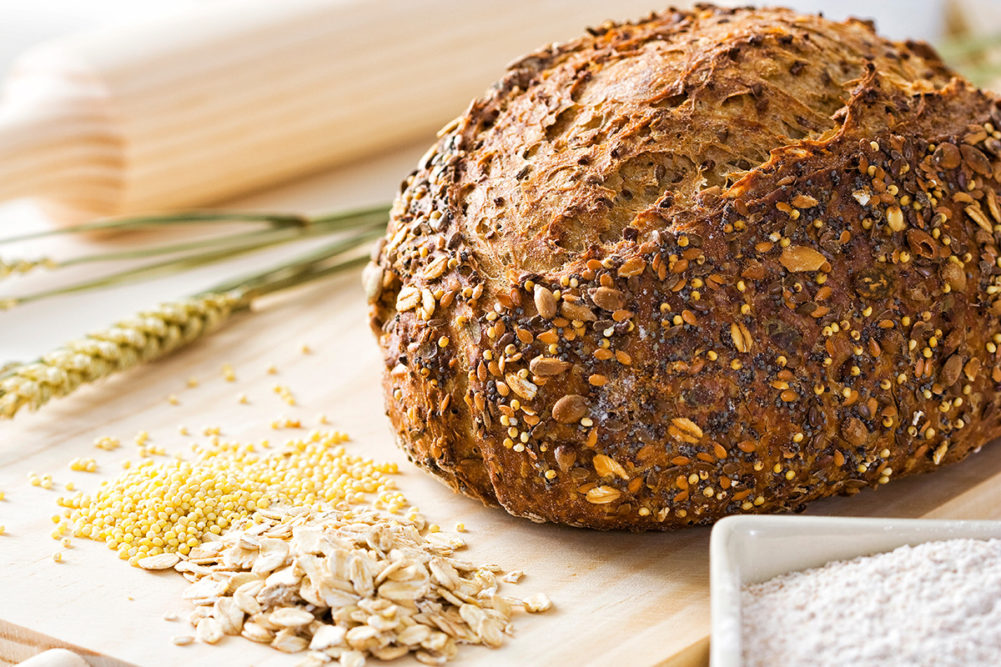Malnutrition comes in varied forms, including undernutrition, overweight/obesity and poor diet, according to The World Health Organization. Undernutrition is visible through wasting, stunting and underweight individuals. While those who are overweight may appear to be well-fed, the poor quality of their diets means they aren’t getting enough vitamins, minerals and nutrients. Even consumers who pride themselves on having a well-balanced diet may have nutrition gaps. That’s where the food industry may assist through the fortification of everyday foods, in particular, bakery products.
“Baked goods have been villainized in the recent past amid low-carb and keto trends, but the Food and Drug Administration’s (FDA) proposed definition of the term ‘healthy’ could help shift this mindset,” said Mary Thomas, senior research and development manager, Lesaffre. “The new definition considers how all the various food groups — including grains — work together in a healthy diet. The creation of an official ‘healthy’ claim and potential for a symbol that could be used on packaging — a visual indicator of legitimacy and quality for consumers — will lead many brands to reformulate products to meet the new definition.”
Fortification can be a part of these reformulation efforts. Baked goods are well-suited for fortification because they, in one form or another, are staples in most US households.
“Getting added nutritive benefits from foods already being regularly consumed is a win-win for consumers and for brands that want to differentiate,” Ms. Thomas said. “For example, a pan bread with an ‘excellent source of calcium’ claim on pack will stand out from other packaged breads that don’t offer added value.”
Vitamin D is another attention-grabber on the shelf. It can be made by the body when the skin is exposed to the sun’s ultraviolet B rays, but sunscreen prevents this process. Inherent dietary sources of vitamin D include fatty fish, egg yolks and certain mushrooms, although most people are not consuming enough of these on a regular basis. In fact, the Dietary Guidelines for Americans 2020-2025 stated that more than 90% of Americans do not take in enough vitamin D.
It’s no wonder that about six in 10 consumers (59%) want to add more vitamin D to their diet, according to The Hartman Group’s 2021 “Health & Wellness” Report.
Consumers may soon be able to turn to baked goods to meet that need as a result of the FDA amending its food additive regulations. They allow the use of increased levels of vitamin D³ as a nutritional supplement in breakfast cereal and grain-based bars, such as breakfast bars, granola bars and rice cereal bars, according to the Jan. 5 issue of the Federal Register.
The action comes in response to a petition filed by the Kellogg Company, Battle Creek, Mich., on June 25, 2019. Vitamin D³ now may be included at levels up to 560 international units (IU) per 100 grams in breakfast cereal and up to 400 IU per 100 grams in grain-based nutrition bars.
“Kellogg fortified cereals and milk have long been a delicious and affordable way to get vitamin D,” said Nigel Hughes, senior vice president, global research and development and innovation at Kellogg. “Now, everyday foods like cereal and grain-based bars can go even further toward helping people access and consume vitamin D.”
The company stated it is committed to addressing hidden hunger, or micronutrient deficiencies, through both inherent sources and fortification. It believes there’s opportunity to help improve public health through food.
Bakers take note. This is an opportunity to differentiate.

